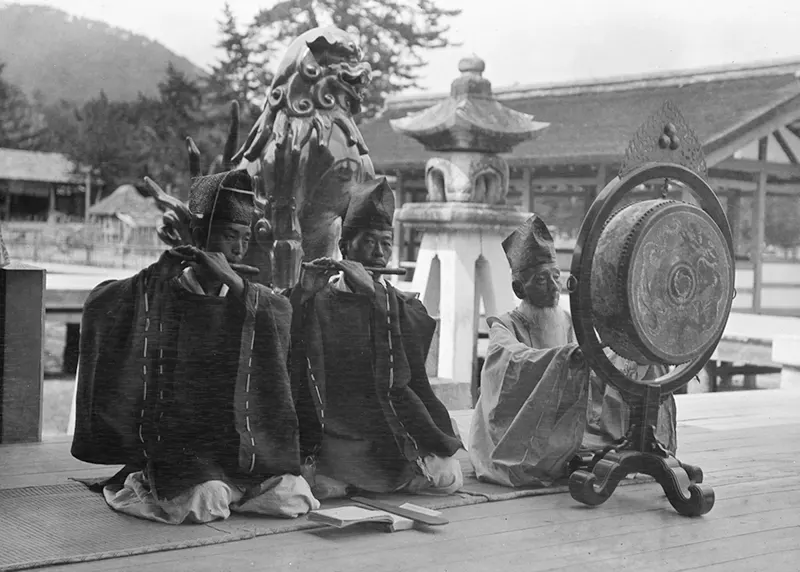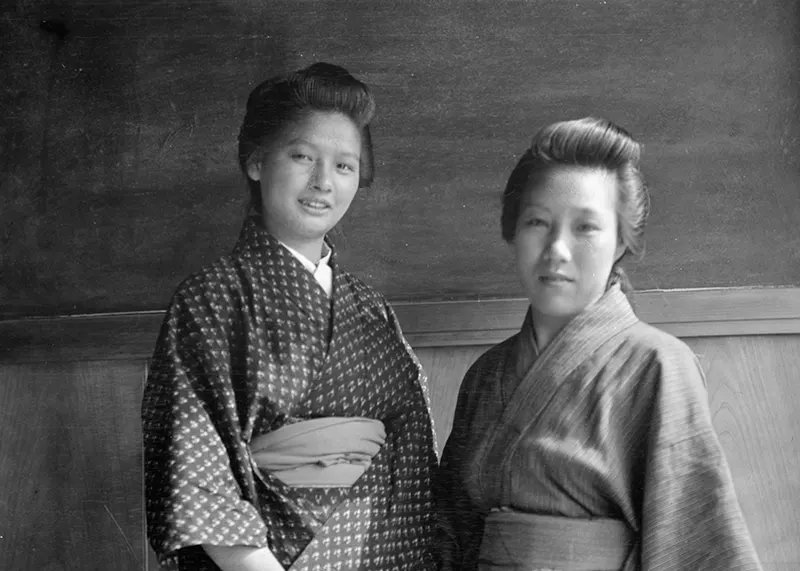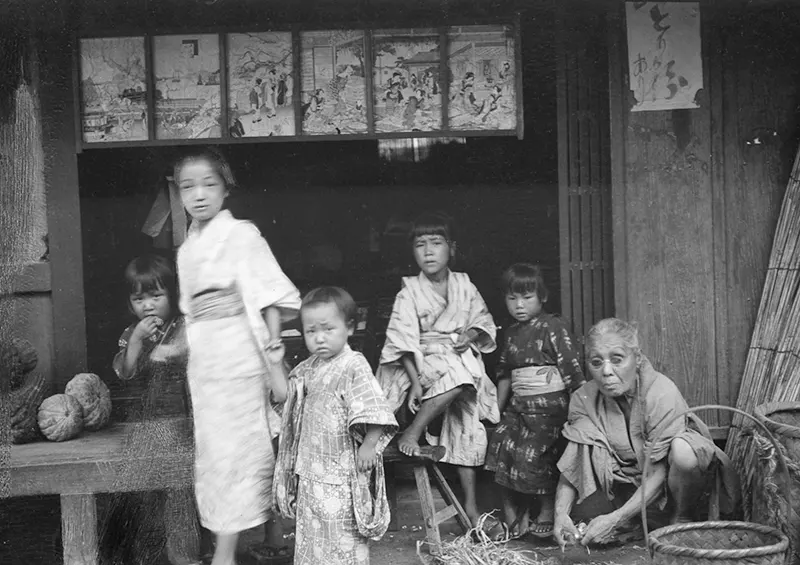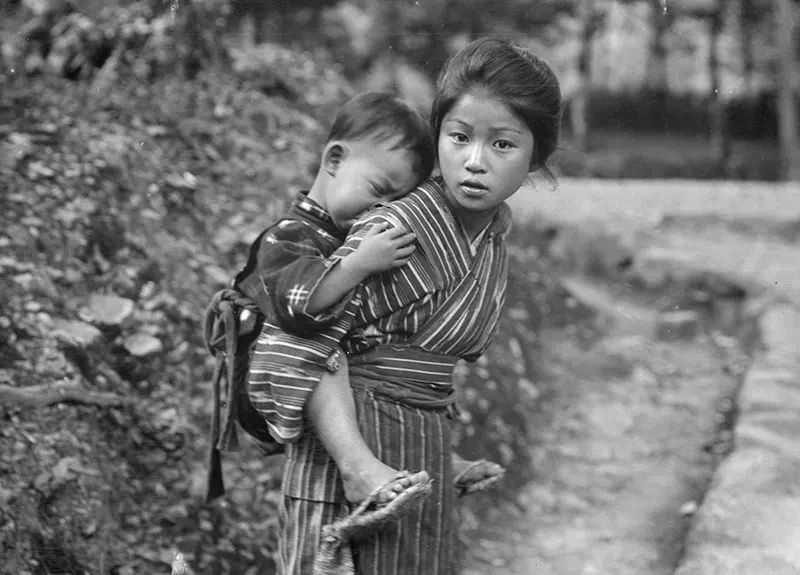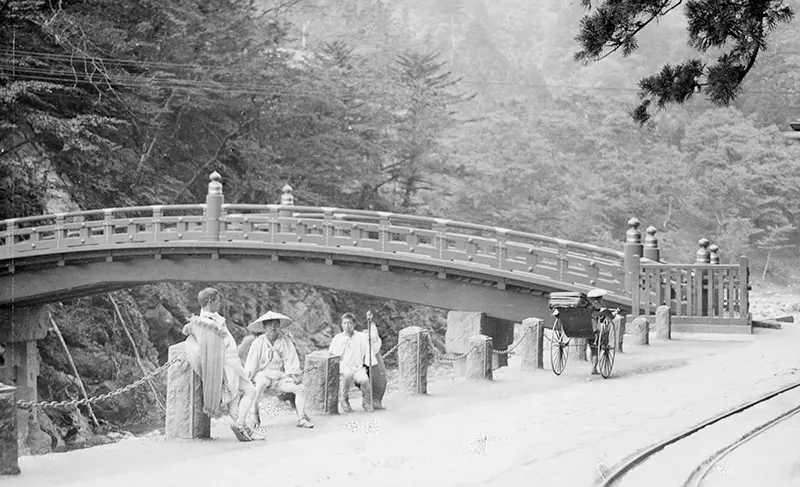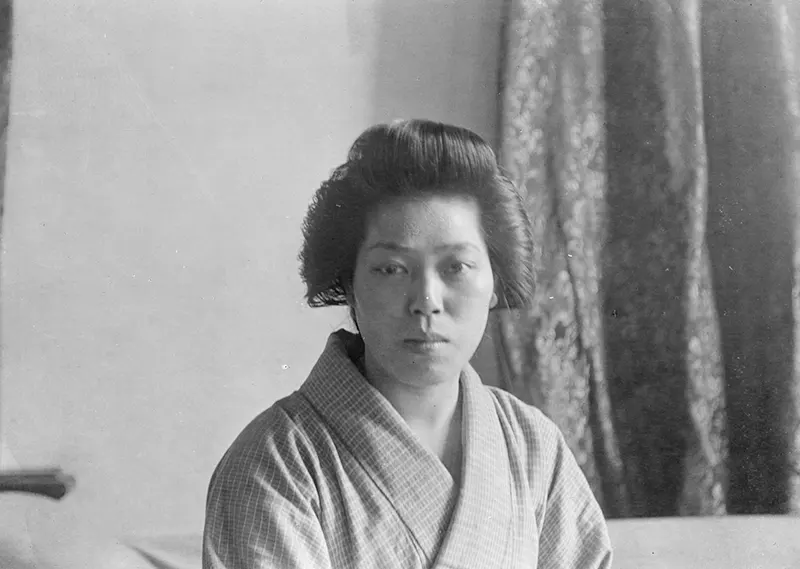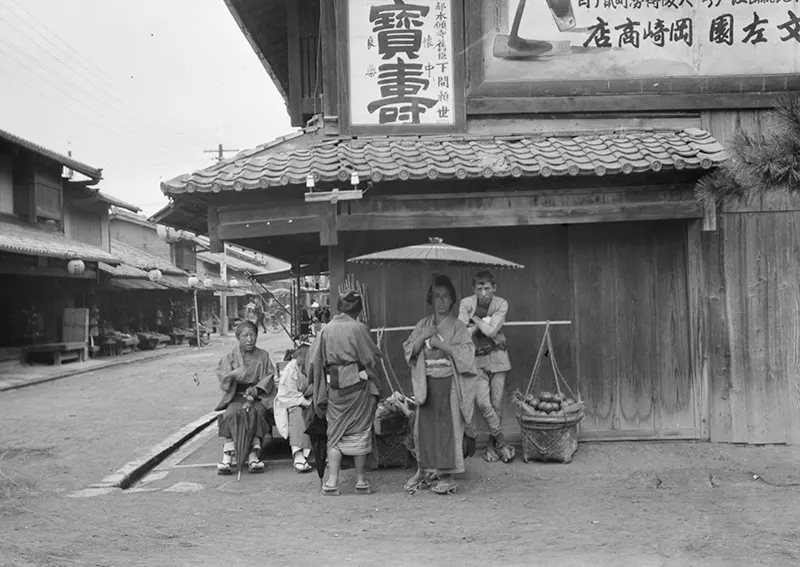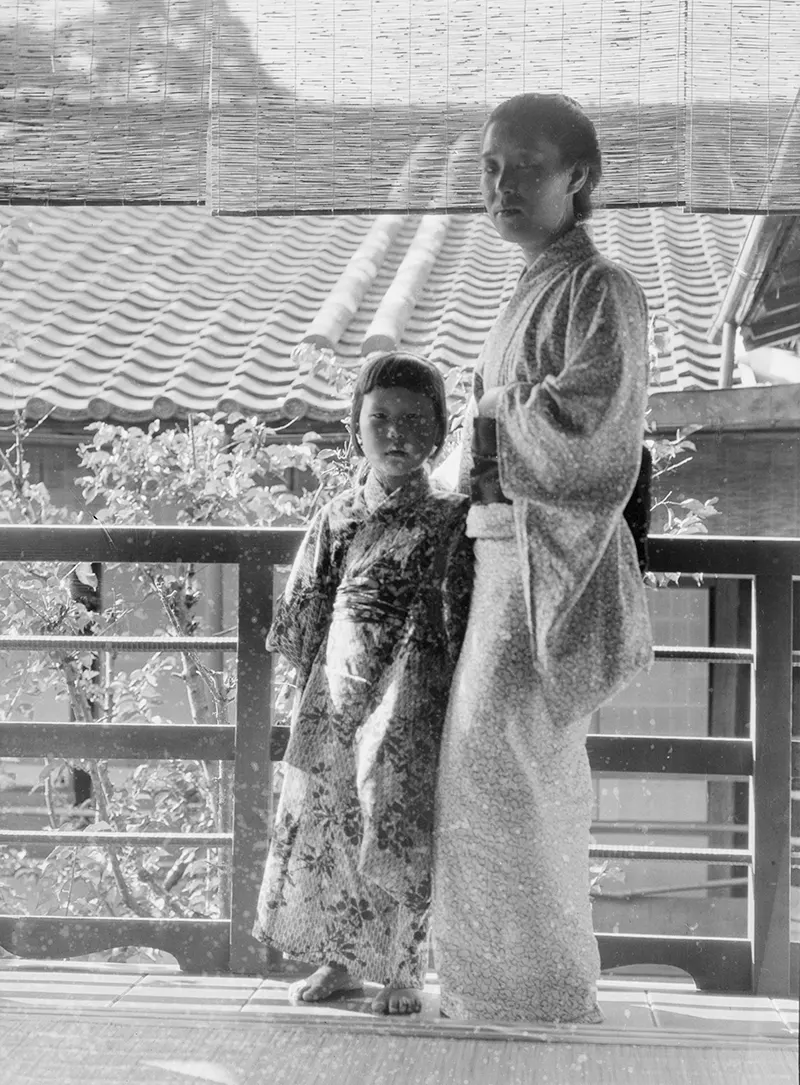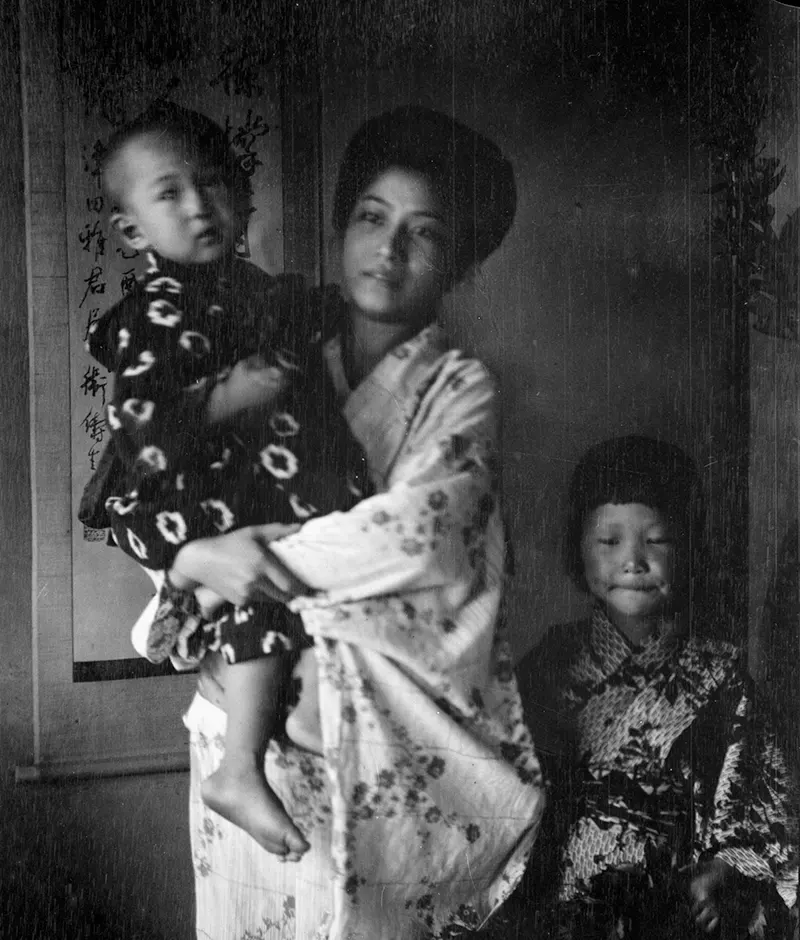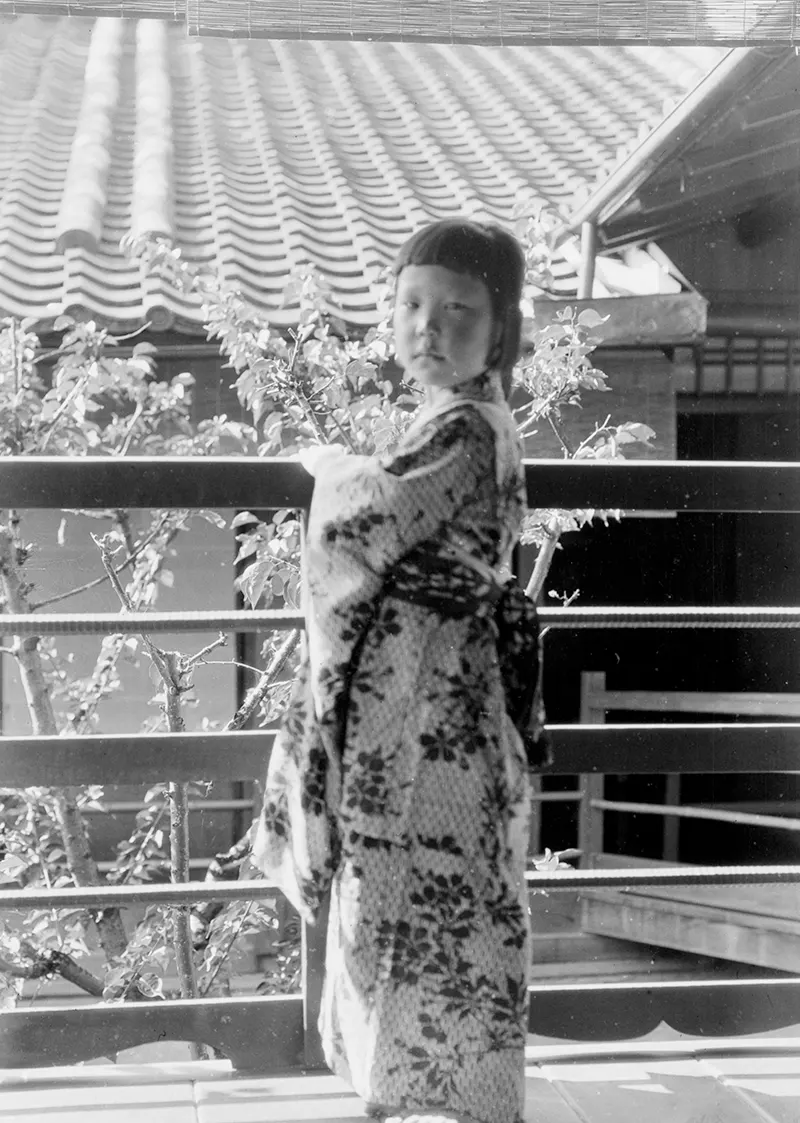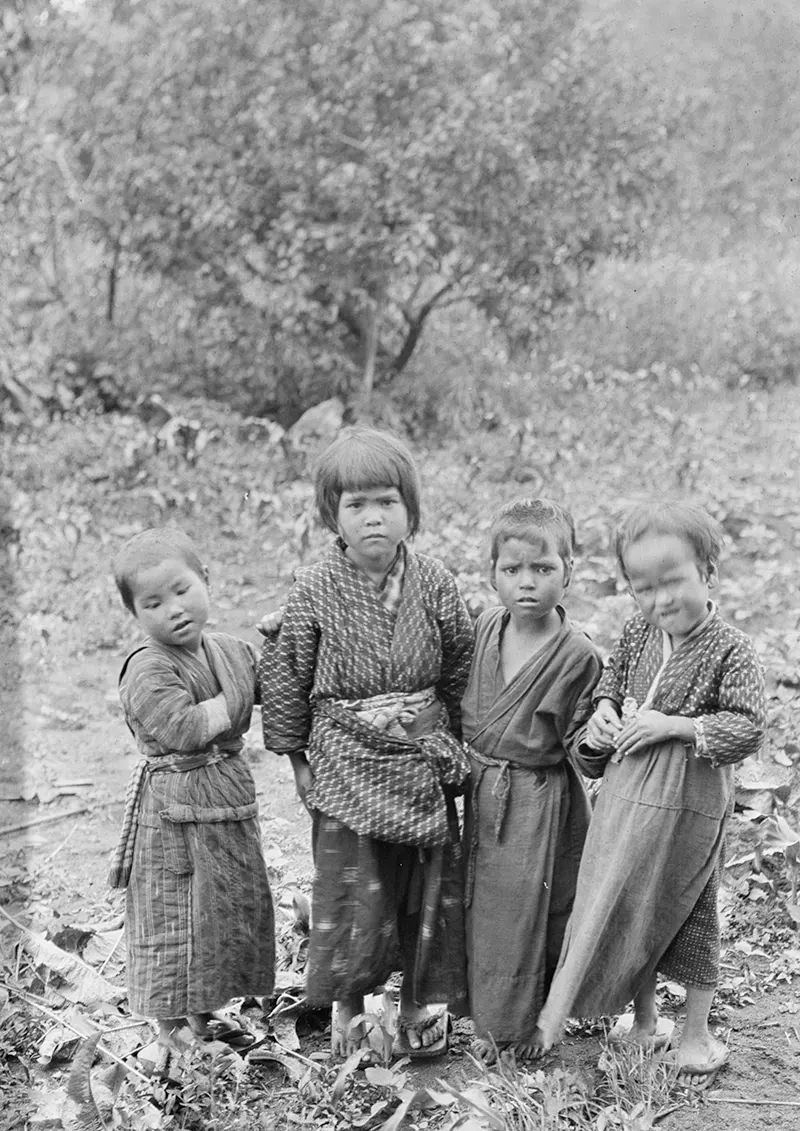Unlike many other Western photographers of the time who were interested in capturing exoticism and staged portraits, Genthe had a unique approach. He was drawn to capturing everyday scenes and candid moments, which offered an intimate insight into Japan’s culture and way of life. The Meiji period, lasting from 1868 to 1912, was a time of significant social, cultural, and economic transformation in Japan. During this period, the country underwent a process of modernization and Westernization, which brought about dramatic changes in the lifestyle of the Japanese people. Through his lens, Genthe provides a visual record of the bustling streets, lively markets, and the daily routines of the Japanese people. He photographed vendors selling their wares, men and women commuting to work, families spending time in the park, and children playing games. His pictures also depict the intricate and traditional ceremonies, such as tea ceremonies, that were still very much a part of Japanese culture. During this period, Japan underwent a rapid process of modernization and Westernization, which brought about significant changes in Japanese society. One of the most significant changes during this period was the emergence of a new industrial economy. Japan’s rapid modernization was driven by a strong emphasis on technology, education, and infrastructure. The government invested heavily in the construction of railroads, telegraph lines, and other public works, creating new opportunities for industry and trade. The result was a surge in manufacturing and a growing urbanization of the population. However, this transformation also brought about significant social and economic disparities. While many benefited from the new economic opportunities, others struggled to adapt to the changing social and economic landscape. The working class faced harsh conditions in factories and mines, and many rural farmers were forced to migrate to the cities to find work. At the same time, the Meiji period also saw significant changes in Japanese culture and society. The traditional feudal system was abolished, and the Emperor was elevated to a position of supreme authority. This shift marked a significant departure from the past, as Japan’s leaders sought to create a more centralized and unified national identity. Education was also given great importance during this period, with a new emphasis on literacy and modernization. The government invested heavily in schools and universities, and there was a growing emphasis on the importance of scientific and technical education. Women’s education was also encouraged, leading to a gradual shift in gender roles and the emergence of new opportunities for women in the workplace. Despite these changes, Japan’s traditional culture and customs remained a significant part of society during the Meiji period. Traditional ceremonies, such as tea ceremonies and other forms of ritual, continued to be important in daily life. The arts, including traditional Japanese painting, calligraphy, and ceramics, also continued to thrive.
(Photo credit: Arnold Genthe / Library of Congress). Notify me of new posts by email.
Δ Subscribe



